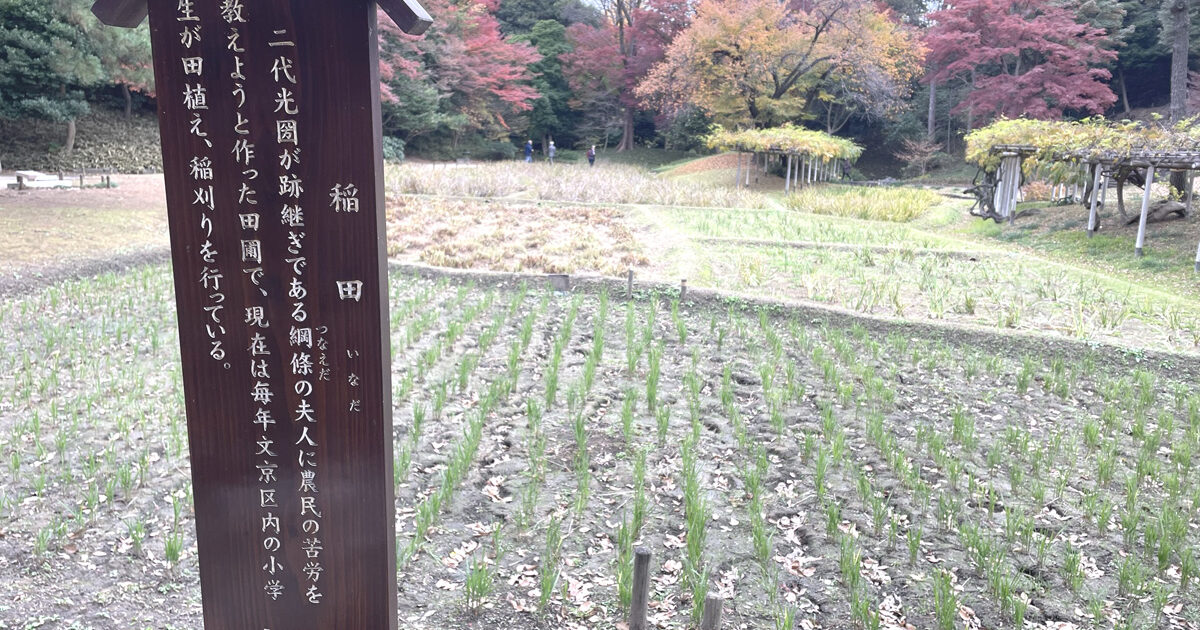Contents
Overview
The Edo period, which lasted for 265 years from 1603, has been the setting for many period dramas.
Remnants of the period can be seen here and there in present-day Tokyo.
1. Koishikawa Korakuen
This garden was developed by Mito Mitsukuni, who is famous for the period drama “Mito Komon.”
It is characterized by its samurai-style roofing tiles and rice fields in the garden, which are said to be there to remind farmers of their hardships.
https://tokyo-encyclopedia.site/en/koishikawa-korakuen/
2. Koishikawa Botanical Garden
The Koishikawa Yojosho and Koishikawa Botanical Garden, which appear in the period drama “Ooka Echizen,” are the facilities that became the roots of Koishikawa Botanical Garden.
At the time, low-income people could receive free medical treatment, and medicines made from medicinal plants in the garden were prescribed free of charge.
https://tokyo-encyclopedia.site/en/koishikawa-botanical-garden/
3. Sengakuji Temple
This temple is home to the graves of the Ako Roshi, famous for the historical drama “Chushingura.” (Incense fee of 300 yen required)
47 of the Ako clan’s samurai, whose lord was unjustly forced to commit seppuku and left homeless, committed seppuku after successfully taking revenge on the officials who caused it.










